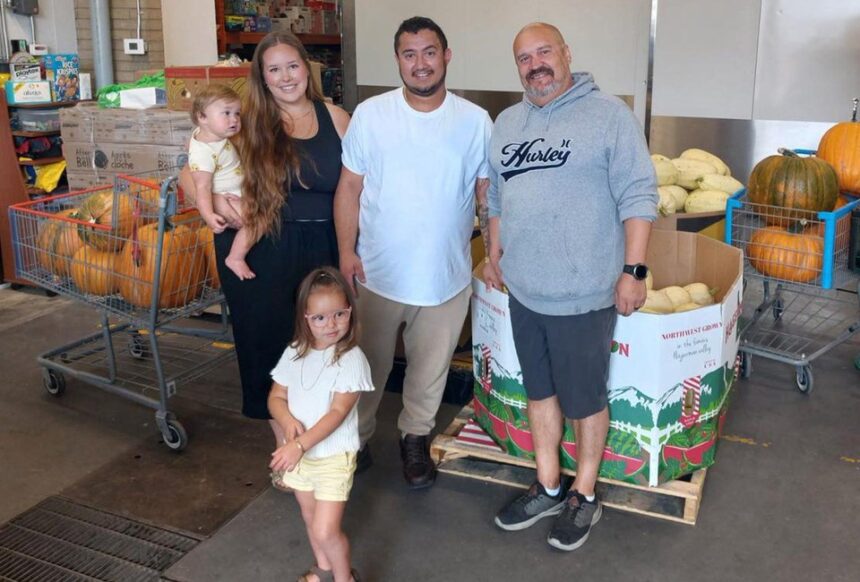As winter descends across Saskatchewan’s prairie landscape, an unexpected hero has emerged in the battle against food insecurity: the humble squash. In a remarkable display of agricultural generosity, Saskatchewan farmers have donated over 20,000 pounds of locally grown squash to food banks across the province, providing nutritious options for thousands of families facing difficult choices this season.
The initiative, spearheaded by the Saskatchewan Agricultural Producers Association, represents a timely intervention as food bank usage has surged by 32% province-wide compared to this time last year. “These donations couldn’t come at a more critical moment,” explains Margaret Thornton, executive director of Regina’s Community Harvest Food Bank. “Nutritious vegetables are consistently among our most requested items, yet they’re often the hardest to keep in stock.”
What makes squash particularly valuable in fighting hunger is its impressive nutritional profile and storage capability. Rich in vitamins A and C, fiber, and antioxidants, these hardy vegetables can be stored for months without refrigeration—a practical consideration for both food banks and recipients with limited storage options.
The donation initiative has created a virtuous cycle within local economies. Farmers like James Wilder from Swift Current explain the mutual benefit: “We often have surplus crops that might otherwise go to waste. This program allows us to redirect that abundance to where it’s needed while receiving modest tax benefits and reducing field waste.”
Provincial data indicates that approximately one in eight Saskatchewan households experienced some form of food insecurity in 2023, with rural communities particularly affected. This squash donation program helps address geographical disparities in fresh food access, with distribution centers established in smaller communities like Yorkton, Estevan, and North Battleford.
The program has sparked interest in creating a more sustainable year-round solution. Agriculture Minister Daniel Morrison has announced plans to develop a provincial framework for regular crop donation systems that would connect farmers with food banks throughout the growing seasons. “What we’re seeing with the squash initiative demonstrates the potential for addressing food security through coordinated agricultural partnerships,” Morrison noted during a recent press conference in Saskatoon.
For recipient families, the impact extends beyond nutrition. “Having quality, fresh produce provides dignity,” says Amelia Foster, a single mother of three who accesses Saskatoon’s Downtown Food Bank. “When you’re struggling, being able to prepare proper meals for your children makes a world of difference for their health and our family’s morale.”
As this initiative gains momentum, questions emerge about how Saskatchewan might further leverage its agricultural abundance to address persistent food insecurity: Could this model of connecting farm surplus with community need become a template for other provinces facing similar challenges?










